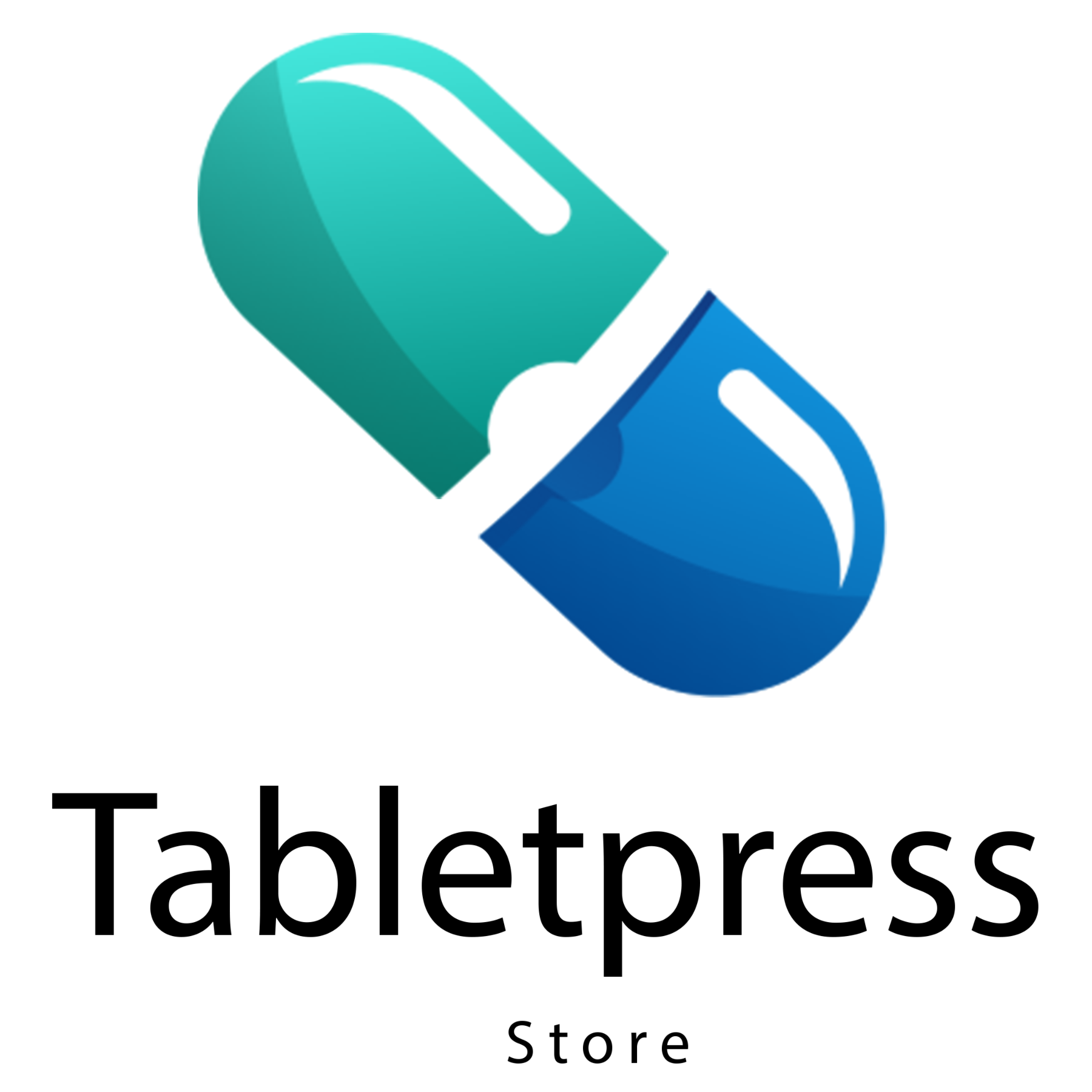Tablet compression technology has evolved significantly over the years, driven by the need for more efficient, precise, and versatile solutions in pharmaceutical manufacturing. As demand for tablets grows, the industry constantly seeks innovations that improve production speed, enhance quality control, and accommodate complex formulations. This article explores the latest advancements in tablet compression technology and their impact on the pharmaceutical industry.
The Evolution of Tablet Compression Technology
Tablet compression has been a cornerstone of pharmaceutical manufacturing for over a century, with early machines offering basic compression capabilities. However, the increasing complexity of drugs, regulatory requirements, and the need for higher production volumes have spurred continuous advancements in tablet press technology.
The modern era of tablet compression is characterized by automation, data integration, and precision engineering. These advancements not only streamline production but also ensure that the tablets meet stringent quality standards, making them safe and effective for consumers.
Key Advancements in Tablet Compression Technology
- Automated Control SystemsOne of the most significant advancements in tablet compression technology is the integration of automated control systems. These systems use sensors, software, and real-time data analysis to monitor and adjust the tablet compression process. Key benefits include:
- Real-time Monitoring: Advanced sensors continuously measure critical parameters such as tablet weight, thickness, and hardness, ensuring consistent quality throughout the production run.
- Feedback Loops: Automated control systems can make real-time adjustments based on feedback, optimizing machine settings without the need for manual intervention.
- Reduced Downtime: Automated diagnostics help identify issues early, allowing for quick troubleshooting and minimizing production stoppages.
- High-Speed Rotary Tablet PressesRotary tablet presses have seen significant improvements, particularly in their speed and efficiency. Modern rotary presses can produce thousands of tablets per minute, a stark contrast to the slower, single punch machines of the past. Key features include:
- Multi-Tip Tooling: This innovation allows multiple tablets to be produced with each compression cycle, dramatically increasing output without compromising quality.
- Segmented Turrets: Segmented turrets are easier to clean and maintain, reducing downtime and enhancing operational efficiency.
- Enhanced Feed Systems: Improved powder feeding systems ensure uniform distribution of material into die cavities, minimizing the risk of weight variation among tablets.
- Continuous ManufacturingContinuous manufacturing is revolutionizing tablet compression by moving away from traditional batch processing. This approach integrates multiple stages of tablet production into a single, streamlined process. Advantages include:
- Improved Efficiency: Continuous manufacturing eliminates the downtime between stages, increasing overall production speed.
- Enhanced Quality Control: With real-time monitoring, continuous manufacturing allows for instant adjustments, ensuring consistent product quality.
- Reduced Waste: By optimizing the use of materials, continuous manufacturing minimizes waste, making the process more cost-effective and environmentally friendly.
- Advanced Compression Forces and Dwell Time AdjustmentsPrecise control over compression forces and dwell times has become more accessible with advancements in tablet press technology. This is particularly important for complex formulations, such as those with high drug load or sensitive active ingredients.
- Variable Force Control: Modern machines allow for precise adjustment of the compression force applied during both pre-compression and main compression stages, ensuring optimal tablet characteristics.
- Adjustable Dwell Time: Adjusting the time punches remain in contact with the material can significantly impact tablet hardness and dissolution rates, enabling manufacturers to fine-tune tablet properties.
- Enhanced Tablet Coating IntegrationTablet coating is an integral part of the compression process, especially for taste masking, controlled release, and aesthetic purposes. The latest tablet presses often feature integrated coating systems that streamline the entire production line.
- In-Line Coating: This technology allows tablets to be coated immediately after compression, reducing the time between manufacturing stages and enhancing overall efficiency.
- Advanced Spray Systems: Enhanced spray systems offer better control over coating thickness and uniformity, which is crucial for maintaining consistent drug release profiles.
- Smart Tablet Presses with IoT and AI IntegrationThe incorporation of Internet of Things (IoT) and Artificial Intelligence (AI) into tablet press machines represents a leap forward in pharmaceutical manufacturing. These technologies enable smart manufacturing processes that can predict, analyze, and adapt to changing production conditions.
- Predictive Maintenance: AI-driven predictive maintenance tools analyze machine data to anticipate potential failures before they occur, reducing downtime and maintenance costs.
- AI-Enhanced Quality Control: Machine learning algorithms can detect subtle variations in tablet properties, allowing for quicker and more accurate quality assessments.
- Remote Monitoring and Control: IoT-enabled tablet presses can be monitored and controlled remotely, providing flexibility and enhancing operational oversight.
- Advanced Materials and Coatings for Punches and DiesThe durability and performance of tablet presses depend heavily on the quality of punches and dies. Recent advancements in materials and coatings have significantly extended the lifespan of these components, reducing wear and tear during high-speed operations.
- Specialty Coatings: Coatings such as titanium nitride and diamond-like carbon reduce friction and wear, improving the longevity of punches and dies.
- Enhanced Corrosion Resistance: New materials and surface treatments prevent corrosion, particularly when working with hygroscopic or chemically aggressive formulations.
- Reduced Sticking and Picking: Advanced coatings minimize sticking and picking issues, enhancing the overall efficiency and quality of tablet production.
- Hybrid and Multi-Function Tablet PressesHybrid tablet presses combine multiple functionalities, such as tablet compression, coating, and even printing, into a single machine. These all-in-one solutions are gaining popularity in the industry due to their versatility and space-saving benefits.
- Multiple Compression Zones: These machines can perform multiple compression steps within a single cycle, ideal for layered or multi-release tablets.
- 3D Printing Integration: Some advanced presses can integrate 3D printing technologies, allowing for the production of tablets with complex geometries and controlled drug release profiles.
The Impact of Advancements on Pharmaceutical Manufacturing
The advancements in tablet compression technology have far-reaching implications for pharmaceutical manufacturing:
- Enhanced Product Quality and Consistency
- Innovations in control systems and real-time monitoring ensure that every tablet produced meets the exacting standards required for pharmaceutical products, reducing the risk of defects and recalls.
- Increased Production Efficiency
- High-speed rotary presses, continuous manufacturing, and multi-tip tooling significantly boost production capacity, allowing manufacturers to meet growing demand without sacrificing quality.
- Improved Flexibility in Formulation
- The ability to precisely control compression forces, dwell times, and coating parameters enables manufacturers to handle a wide variety of formulations, including those with complex drug release profiles.
- Reduced Production Costs
- Advances in automation, predictive maintenance, and enhanced tooling reduce downtime and waste, leading to lower overall production costs and improved profitability.
- Regulatory Compliance
- Enhanced quality control features and data integration help manufacturers maintain compliance with stringent regulatory standards, ensuring that all products meet safety and efficacy requirements.
Conclusion
The advancements in tablet compression technology are transforming pharmaceutical manufacturing, making it more efficient, precise, and adaptable to the complex needs of modern medicine. From high-speed rotary presses to AI-driven quality control, these innovations are not only enhancing production capabilities but also ensuring that tablets are produced with the highest standards of quality and safety. As technology continues to evolve, we can expect even more groundbreaking developments in tablet compression, shaping the future of pharmaceutical manufacturing and improving patient outcomes worldwide.

